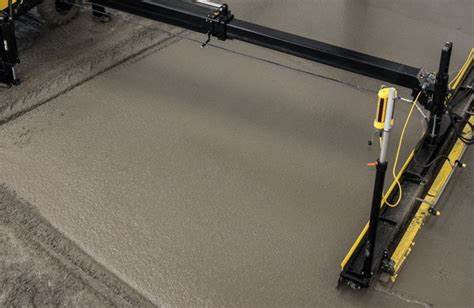In the heart of bustling cities like London and Essex, the foundation of a stunning and durable floor often begins with a process many might overlook: floor screeding. This crucial step not only sets the stage for exquisite finishes but also ensures longevity and performance. With regions such as Screed London and Screed Essex standing at the forefront of quality screeding services, understanding this process becomes key to achieving the perfect flooring solution for both residential and commercial spaces.
What is Floor Screeding?
At its core, floor screeding involves the application of a mixture of cement and sand, meticulously leveled to create a smooth surface upon which final floor coverings can be applied. This preparatory layer is crucial for ensuring not only the aesthetic appeal of the floor but also its structural integrity.
Types of Screed
Traditional screed
Known for its time-tested reliability, this screed requires manual mixing and laying.
Liquid screed: Offers a faster drying time and more uniform finish, ideal for larger areas or underfloor heating systems.
Benefits
Choosing the right screed can significantly impact the functionality and longevity of your flooring, from enhancing thermal efficiency to providing a robust base for any final floor finish.
Why Floor Screeding is Essential for Your London Property
Floor screeding is more than just a base layer; it’s a pivotal part of building or renovating any London property. Its benefits extend far beyond aesthetics:
Durability and Longevity
A well-screeded floor can withstand the test of time and heavy traffic.
Thermal Efficiency
Especially crucial for underfloor heating systems, ensuring heat is distributed evenly and efficiently.
Preparation for Perfection
A smooth screed surface is vital for the flawless application of final floor coverings.
Choosing the Right Screed for Your Project
The selection between traditional and liquid screed often comes down to specific project requirements, such as drying time, load-bearing capacity, and the intended use of the space. Consulting with a professional can guide this decision, ensuring the most suitable screed is chosen for optimal results.
The Process of Floor Screeding Explained
Preparing for Screeding
Proper preparation is key to a successful screed application. This includes ensuring the base is clean, dry, and stable. A primer is often applied to enhance the bond between the screed and the base floor.
The Screening Process
Detailed planning and execution are crucial, from mixing to curing, ensuring a level and smooth surface. Professionals use specialized tools and techniques to achieve the desired finish.
Overcoming Common Challenges
From uneven drying to cracking, potential screeding challenges require expert knowledge to address effectively, ensuring a high-quality finish.
Floor Screeding Solutions in Essex
Essex boasts a wide range of professional screeding services in Essex, tailored to meet the unique needs of each project. Local expertise not only ensures the selection of the right materials and methods but also considers the climatic and environmental factors unique to the region.
Transforming Spaces with Screed in Essex
A recent project in Essex showcased the transformative power of expert screeding. A commercial space, plagued by uneven floors and poor thermal performance, was completely revitalized. The application of high-quality liquid screed not only improved the aesthetic appeal but also enhanced the functionality and comfort of the space.
Conclusion
Floor screeding may seem like a small part of the construction process, but its impact is monumental. In regions like London and Essex, where the demand for both aesthetic appeal and structural integrity is high, choosing the right screeding service is pivotal. Whether you’re embarking on a new construction project or renovating an existing space, understanding the importance of screening is the first step towards achieving your dream flooring.









































































